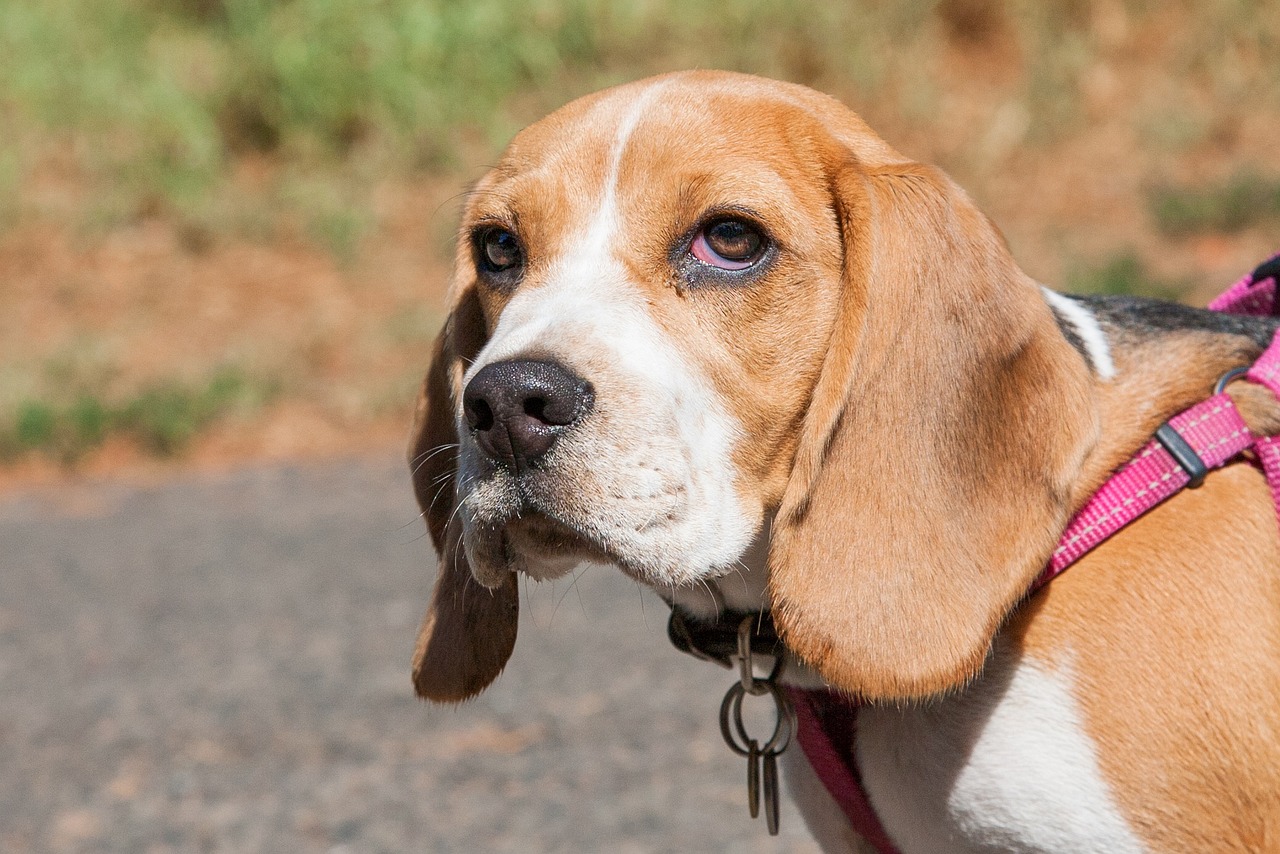 Shutterstock
Shutterstock
Dog genetics is a fascinating science that influences everything from nose shape to tail curl, helping create the distinct looks we recognize across breeds. By examining these genetic traits, we can understand how breeds have developed specific features over time, often aligning with roles like hunting, herding, or companionship. Generations of selective breeding have emphasized certain physical traits, creating a wide range of appearances tailored to each breed’s purpose. This exploration of dog genetics enhances our appreciation for each breed’s diversity and unique characteristics.
The Role of Dominant and Recessive Genes in Coat Color
 Shutterstock
Shutterstock
One of the most visible aspects of a dog’s appearance is its coat color, where dominant and recessive genes come into play. In many breeds, a single gene can determine whether a dog has a black coat or a yellow one, with black often being dominant. However, recessive genes can sometimes lead to surprising colors or patterns. For instance, the black coat is dominant in Labradors, but a dog with two recessive “yellow” genes will have a yellow coat. This interplay between dominant and recessive genes creates the diverse coat colors we see today.
Some Dogs Have Blue Eyes
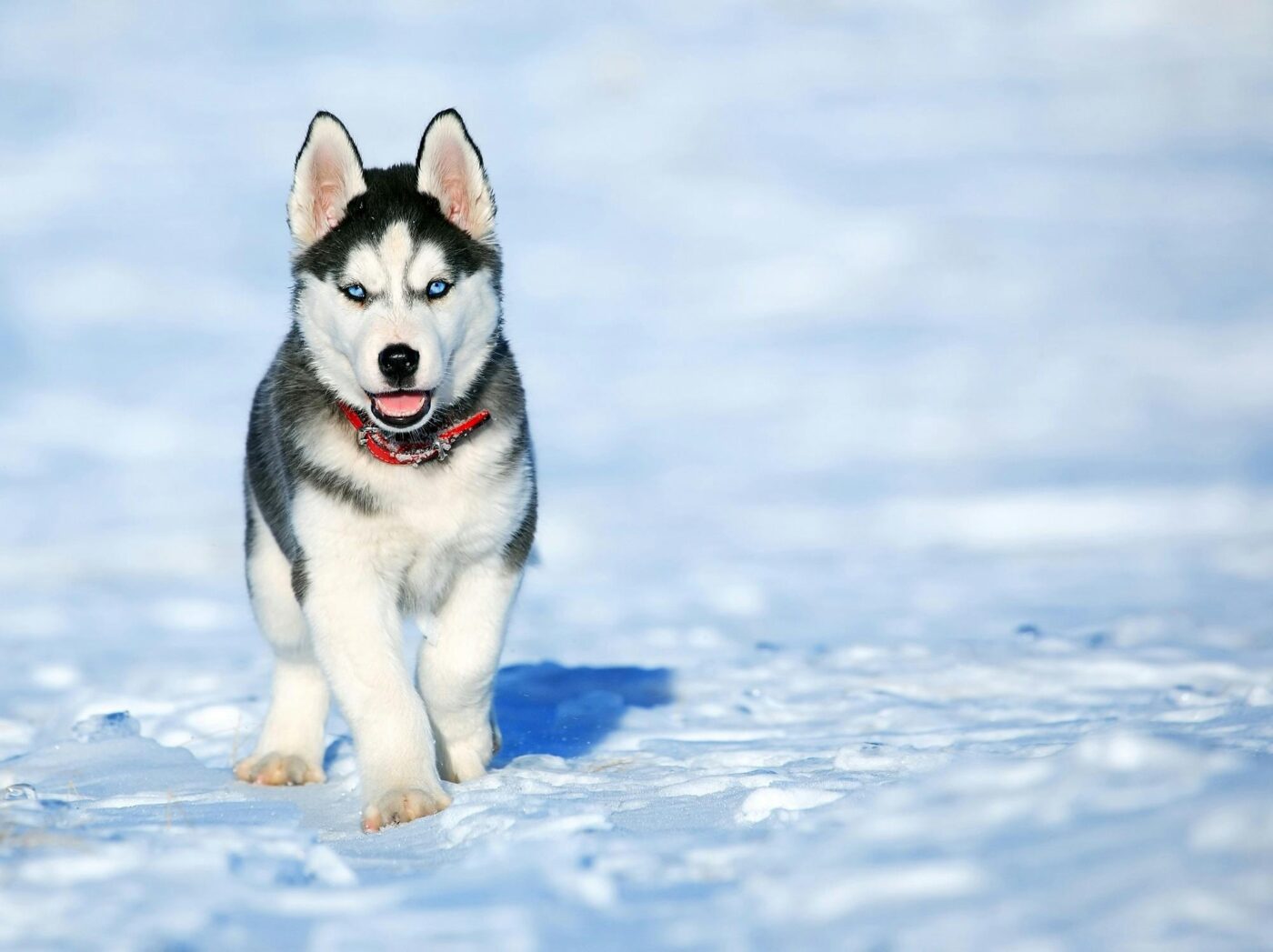 Shutterstock
Shutterstock
Blue eyes in dogs are a rare but striking feature, often resulting from a genetic mutation that affects the amount of melanin, or pigment, in their eyes. This trait is common in breeds like the Siberian Husky, but it can also appear in other breeds due to the merle gene, which dilutes pigment in the fur and eyes. While blue eyes may not affect a dog’s health, they add a mysterious and enchanting quality to certain breeds, making them especially captivating to dog lovers.
The Genetics of Curly and Straight Tails
 Shutterstock
Shutterstock
A dog’s tail can reveal much about its breed and genetic history. Some breeds, like Pugs and Shiba Inus, are known for their curled tails, a trait linked to a specific genetic mutation that causes the tail to curl. Straight-tailed breeds like Retrievers and Beagles lack this mutation, resulting in their classic “waggy” tails. These differences are not just aesthetic; they reflect the unique evolutionary paths of different dog breeds, with certain tail types serving practical purposes in particular environments or roles.
The Science Behind Floppy Ears
 Shutterstock
Shutterstock
Floppy ears are a common trait in domesticated dogs, particularly among breeds bred for hunting, such as Basset Hounds and Beagles. Genetic mutations affecting cartilage development are often responsible for floppy ears, which are less sensitive to sound than erect ears but well-suited for sniffing. Floppy ears allow a dog to focus better on scents than sounds, which is why many hunting breeds exhibit this trait. This genetic adaptation demonstrates how human intervention in breeding can shape a dog’s physical attributes over time.
Some Breeds Are Short and Stocky
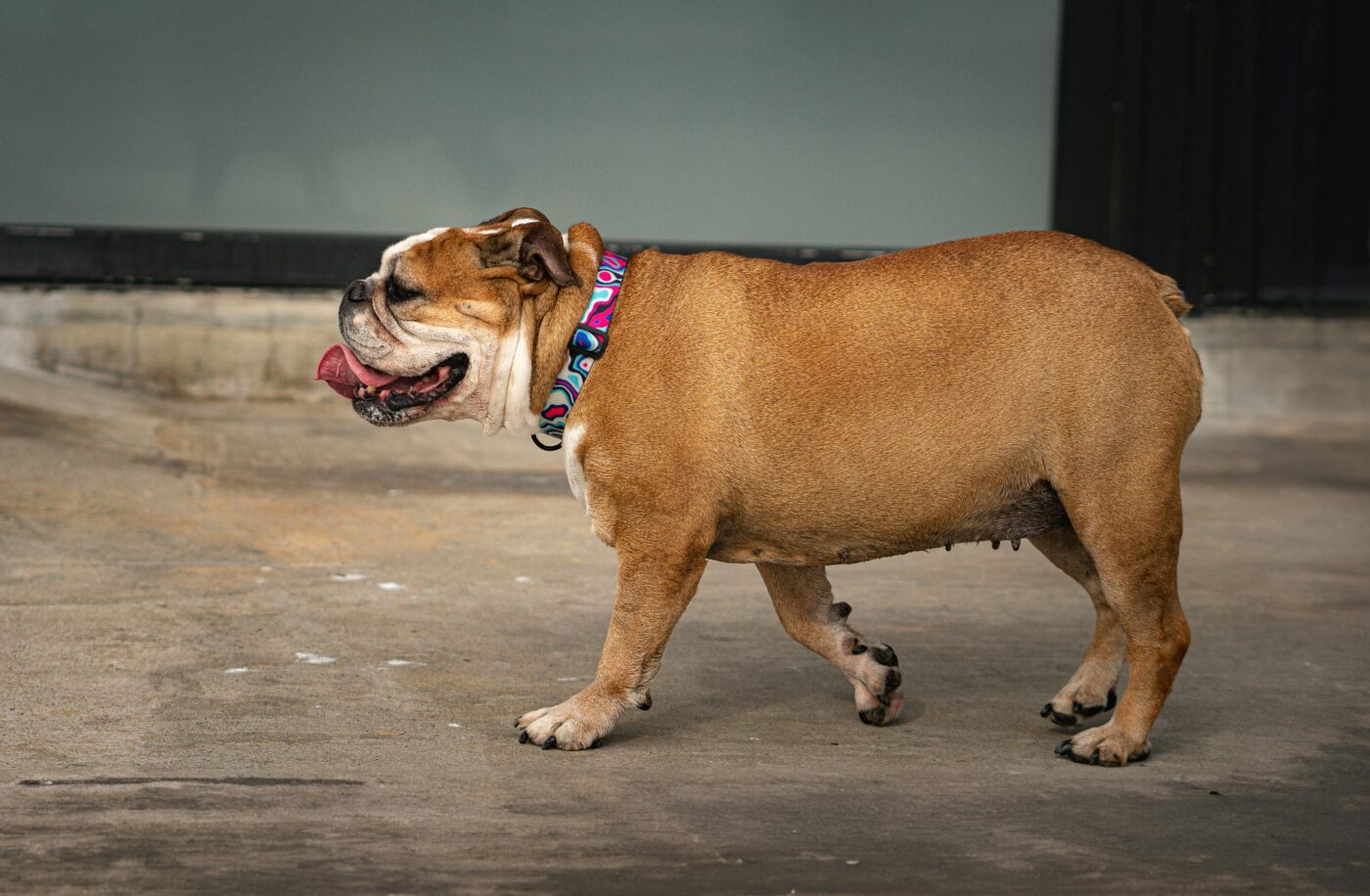 Shutterstock
Shutterstock
The distinctive short, stocky build seen in breeds like Bulldogs and Dachshunds results from chondrodysplasia, a genetic mutation affecting cartilage and bone development. This mutation causes shorter limbs and a more robust build, traits often favored in breeding for their functionality. For instance, Dachshunds were bred to hunt burrowing animals, and their low stature allowed them to easily follow prey into small spaces. This genetic trait serves as a reminder of how selective breeding can turn a mutation into a valuable physical trait.
The Mysterious Merle Pattern
 Shutterstock
Shutterstock
The merle pattern, a unique blend of colors and spots, is one of the most eye-catching features in certain breeds like Australian Shepherds and Collies. This pattern is caused by a genetic mutation that creates patches of diluted pigment in the coat, sometimes resulting in blue eyes or heterochromia (two different-colored eyes). However, breeding two merle-patterned dogs can lead to serious health issues in offspring, including deafness and vision problems. Responsible breeders understand the importance of genetic testing to prevent these complications, highlighting dog genetics’ complex relationship between beauty and health.
How Fur Length and Texture Are Determined
 Shutterstock
Shutterstock
The length and texture of a dog’s fur are determined by specific genes that affect hair growth cycles and structure. For example, genes responsible for long hair are often recessive, so breeds like Shih Tzus and Afghan Hounds have long, flowing coats. Texture, on the other hand, is influenced by genes that produce curly or wiry hair, as seen in Poodles and Wire Fox Terriers. This genetic diversity in fur length and texture not only provides variety but also influences how different breeds cope with various climates.
The Genetic Quirk of Wrinkled Skin
 Shutterstock
Shutterstock
Wrinkled skin is a unique trait found in breeds like the Shar Pei and Bulldog. It is caused by an overproduction of hyaluronic acid in the skin. This genetic mutation leads to the loose, wrinkled appearance, which historically helped protect these dogs during fights or hunting. However, excessive wrinkling can also lead to skin infections and requires extra care from owners. The genetic trait for wrinkles illustrates how certain physical characteristics, though functional in a specific context, may also carry health risks.
The Rarity of Albinism in Dogs
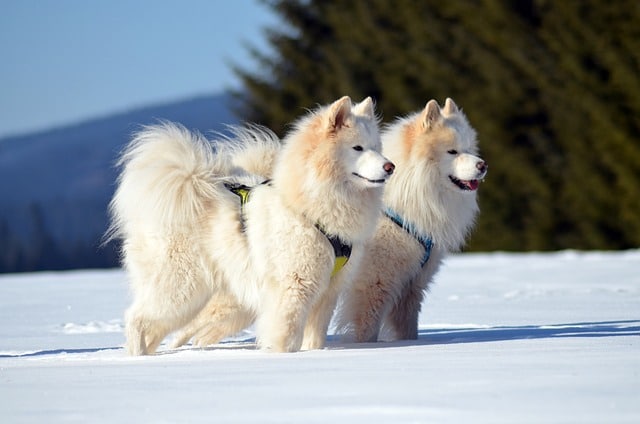 Shutterstock
Shutterstock
Albinism, a rare genetic condition caused by a lack of melanin, causes dogs to have a completely white coat, pink skin, and often blue or pinkish eyes. Albinism in dogs is uncommon and differs from white-coated breeds like the Samoyed or Great Pyrenees, as it affects more than just fur color. Albino dogs are often more sensitive to sunlight and may face additional health challenges. This rare genetic condition provides insight into the complexity of canine genetics and the wide range of genetic expressions possible.
The Genetic Basis for Small vs. Large Breeds
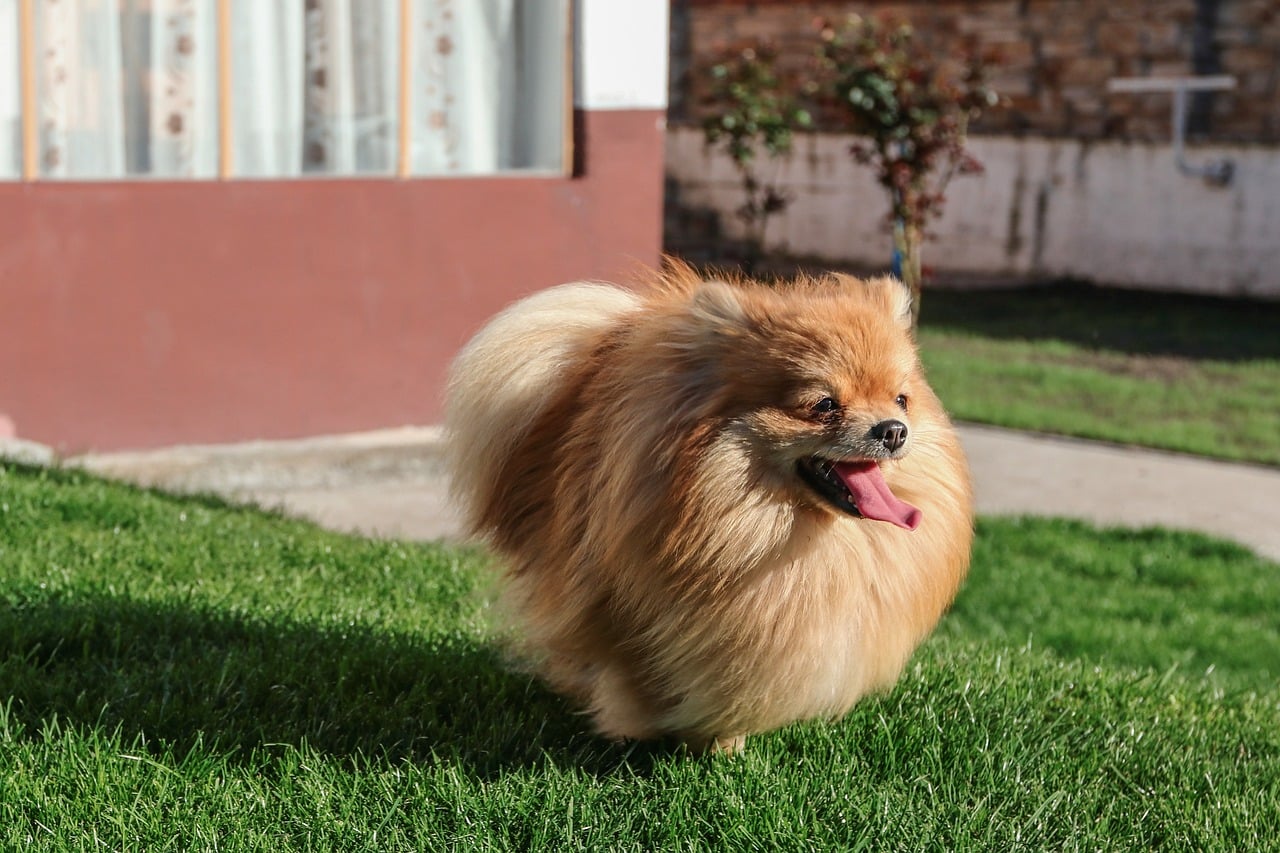 Shutterstock
Shutterstock
One of the most noticeable differences among dog breeds is size, which is largely determined by a few genes. The IGF1 gene, for example, is associated with smaller body size and is found in higher concentrations in breeds like Chihuahuas and Pomeranians. In contrast, large breeds like Great Danes and Mastiffs have different gene expressions contributing to their impressive stature. Size differences among breeds demonstrate the power of genetics and selective breeding in shaping the diverse world of dogs we know today.
Some Dogs Have Webbed Feet
 Shutterstock
Shutterstock
Webbed feet are a distinctive feature of certain breeds like the Labrador Retriever and Newfoundland, making them well-suited for swimming and retrieving in water. This trait results from a genetic adaptation to environments where water-based activities are essential. Webbed feet help these dogs move efficiently through water, reflecting their historical roles in water rescue and hunting. The genetic adaptation for webbed feet showcases how specific traits have evolved to support different breeds’ unique roles and tasks.
Some Breeds Are Hypoallergenic
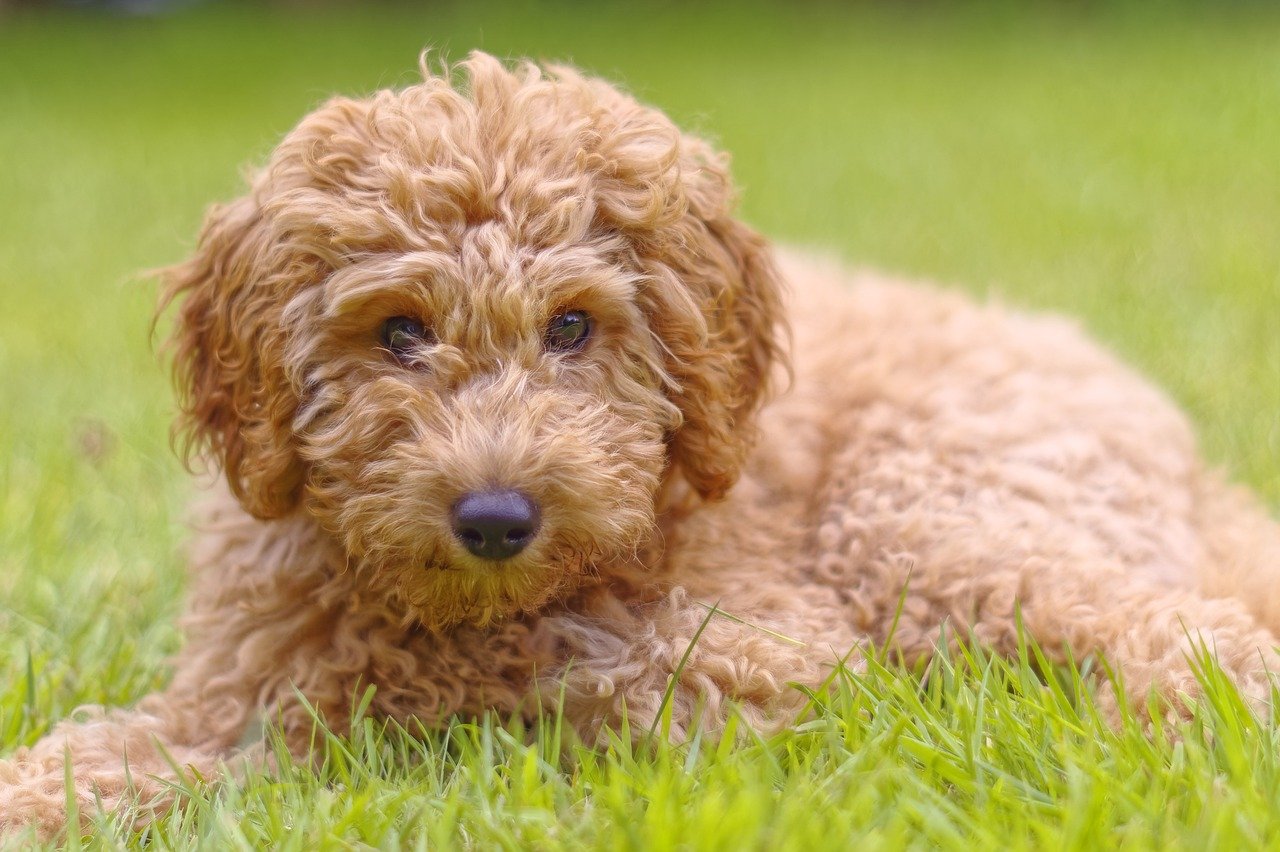 Shutterstock
Shutterstock
Some breeds are labeled hypoallergenic because they produce fewer allergens, thanks to specific genetic factors. Breeds like Poodles and Bichon Frises have hair that grows continuously and sheds less, reducing the amount of dander, which is the main allergen. While no dog breed is entirely allergen-free, the genetic makeup of hypoallergenic breeds helps reduce allergy symptoms in sensitive individuals. This genetic trait has made hypoallergenic breeds increasingly popular among dog lovers with allergies.
The Quirky World of Canine Genetics
 Shutterstock
Shutterstock
The study of dog genetics uncovers the vast traits that make each breed unique. Each characteristic tells a story of a breed’s history and purpose, from coat colors and eye shapes to ear styles and even personality quirks. These genetic mysteries deepen our understanding of canine diversity and help us care for our furry friends with greater insight. So, next time you see a dog’s curly tail, wrinkled face, or distinct coat pattern, remember that each trait carries a piece of the fascinating world of dog DNA.
 Toledo, United States.
Toledo, United States.